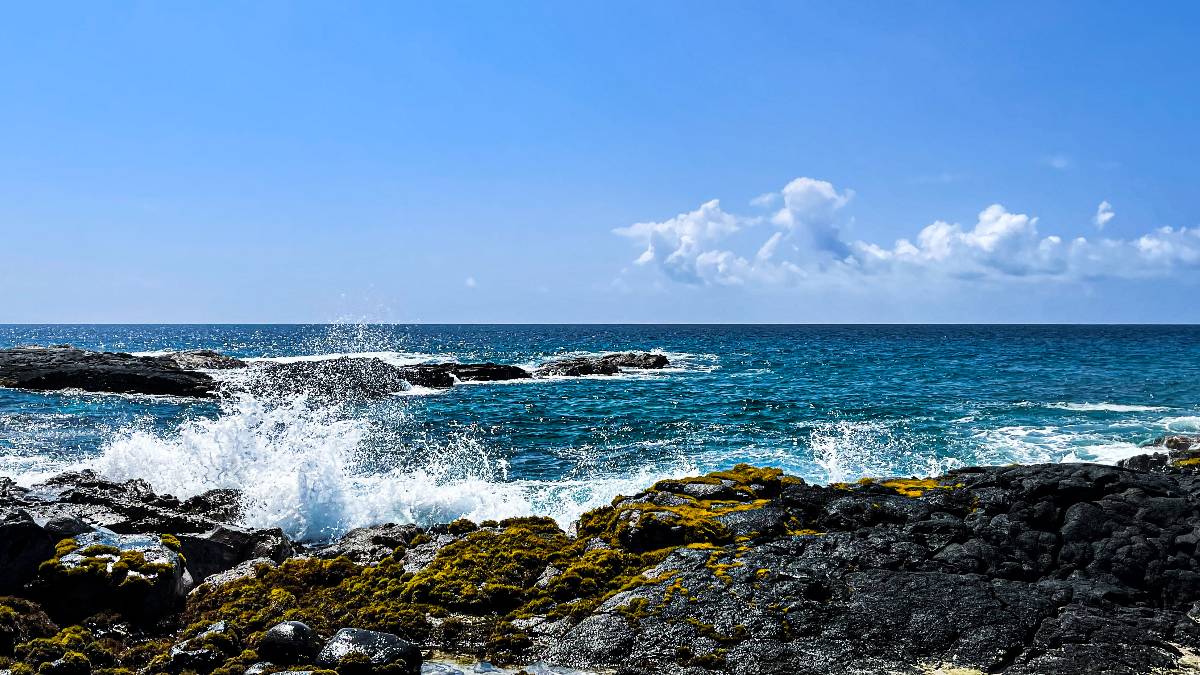Big Island Firefighters Douse Marine Debris Beach Blazes

Hawai‘i Island fire crews responded to two fires reported at Kamilo, a remote beach in Ka’ū on the Big Island, on April 20, 2018. Seen in this photo is previously deposited marine debris that collects at this beach. PC: Hawai’i Wildlife Fund
Hawai‘i Island fire crews responded to two fires reported at Kamilo, a remote beach in Ka’ū on the Big Island, on April 20, 2018.
According to the Hawai‘i County Fire Department, the two fires were marine debris comprised of mostly ropes, nets and other plastics.
The fires were intentionally set.
The largest fire was estimated at 15-by-20 feet, indicating that a substantial amount of plastic was burned.
The fires were eventually extinguished by fire crews.
The incident alarmed beachgoers who reported large amounts of black smoke bellowing out of the burning mass. Concern has been raised by residents about the dangers of intentionally setting fires to marine debris.
Fires in this remote area pose serious threats to native wildlife, such as habitat destruction and degradation.
Additionally, burning plastic creates concerns about exposure to harmful chemicals released.
According to Mattie Mae Larson of Hawai’i Wildlife Fund, “When these synthetic fibers are set on fire, they release dioxins—some of the most toxic chemicals known to science. These chemicals are known carcinogens, cause reproductive and developmental problems and are even known to damage the immune and hormonal systems. With all that said, we are very sad that some people choose to light marine debris on fire last week. In addition to exposing themselves to this poison, they have released toxins into the environment that will find their way into our ecosystems and food chain. We also will now have the challenge of figuring out how to remove a large melted mass of trash that did not previously exist. We hope that people realize that this adds to the problem in more ways than one.”
This year has seen higher-than-usual amounts of marine debris along Ka’ū’s shores. Hawai‘i Wildlife Fund and volunteers have already had to increase efforts to keep up with debris removal.
For more information on Hawai’i Wildlife Fund projects and how to get involved, contact
Stacey Breining at [email protected] or (808) 769- 7629 or check the HWF website.













